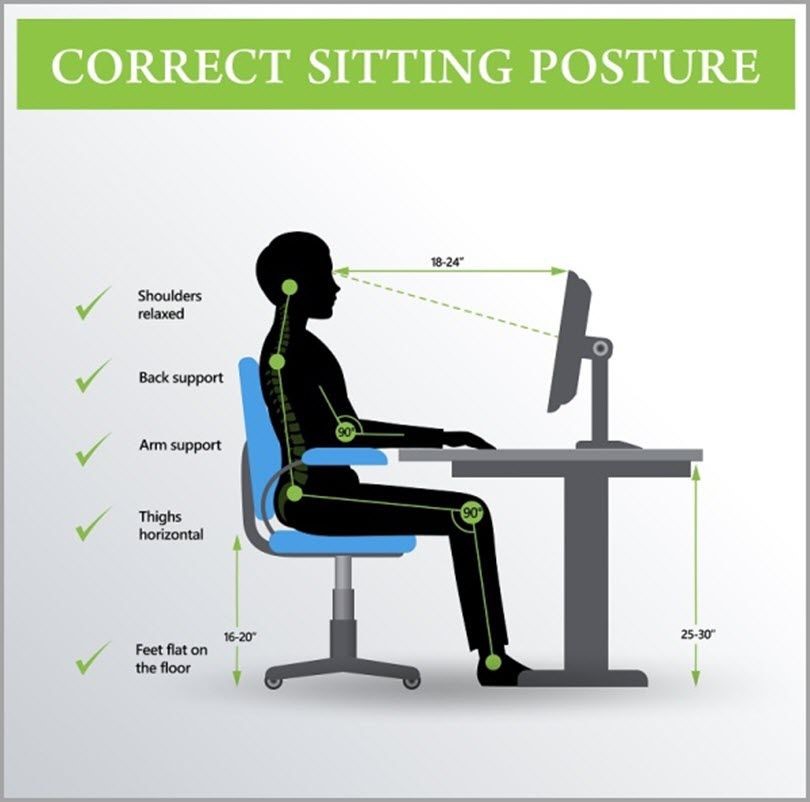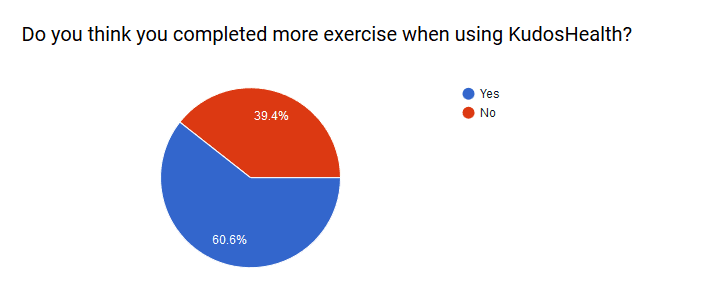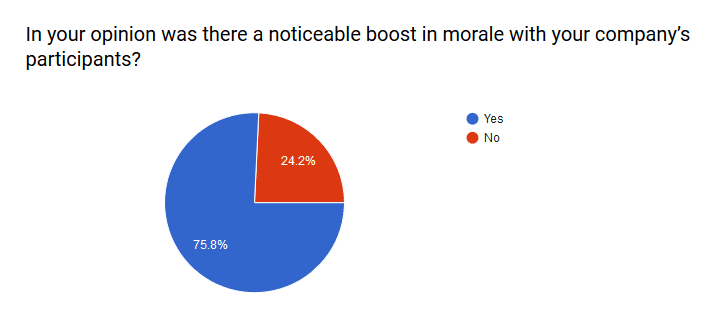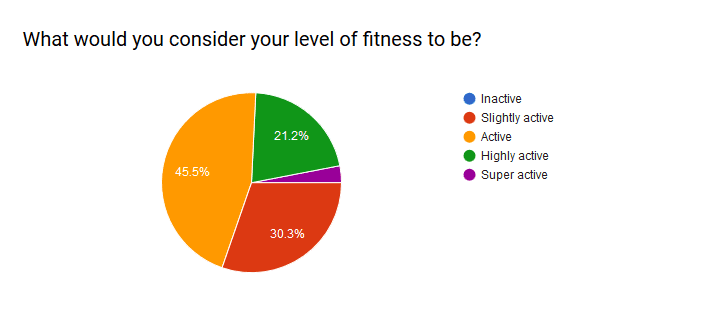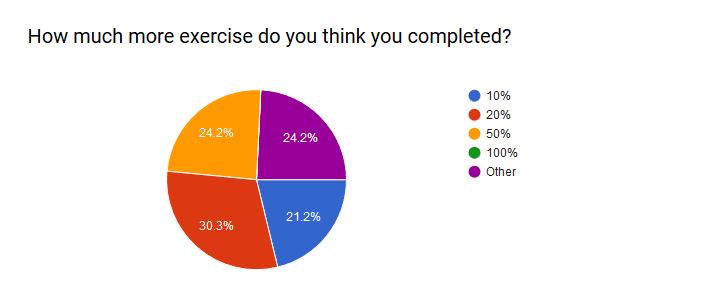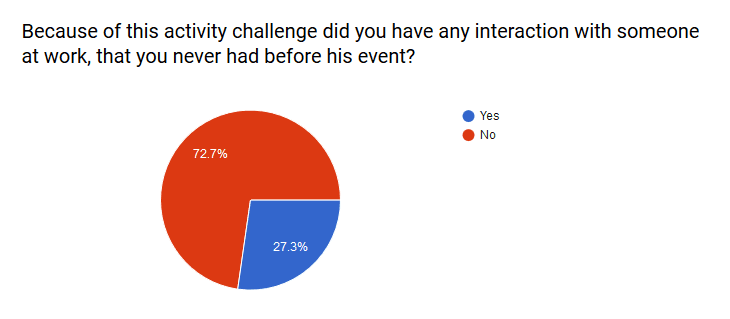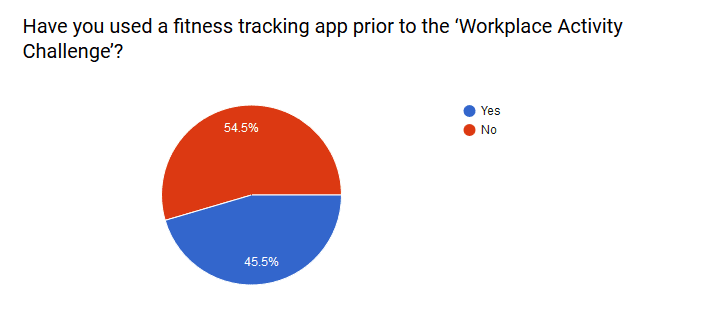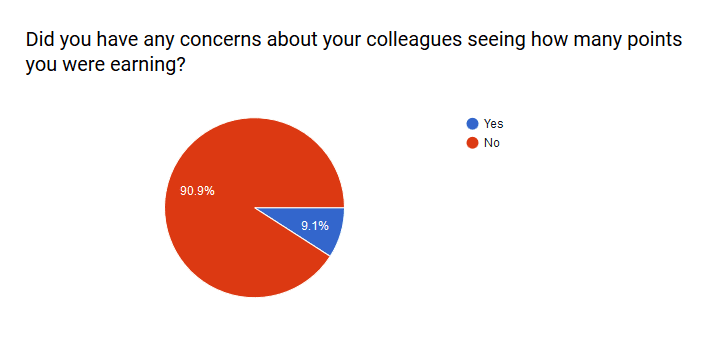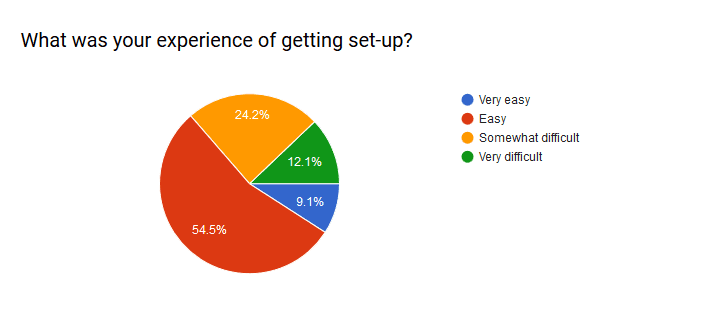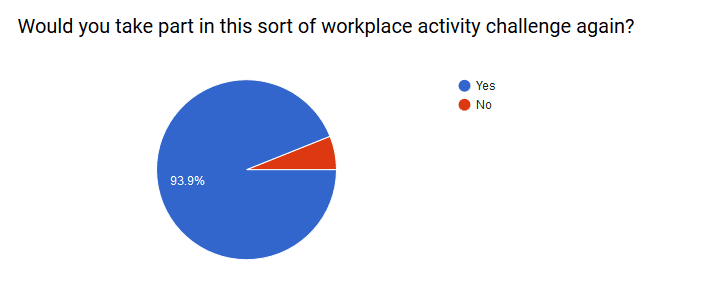

Are you eating as healthily as you could? With our busy lifestyles, endless takeaway options, opaque product labels, and trend-hopping social influencers, thinking about our nutritional intake can be a headache. And yet taking control of your diet has never been more important.
The impact of your diet on you overall wellness is profound. Obesity, for example, brings with it significant risk of cardiovascular diseases, musculoskeletal disorders like osteoarthritis, and some cancers. Then there is the amazing bi-directional connection between your gut and neurological diseases (a concept known as the microbiota-gut-brain axis).
You are what you eat. But what are you eating? We spoke to New Frontiers alumna Caraldine Nolan about her business Weighless Wonders and her app NutraVerse. Caraldine is on a mission to make sure we all understand the food choices we make. As she says during our interview, “Our mission is making food transparency the norm.”
Interview with Caraldine Nolan, founder of Weighless Wonders
Caraldine, tell us a bit more about the idea behind Weighless Wonders. How did this business come about?
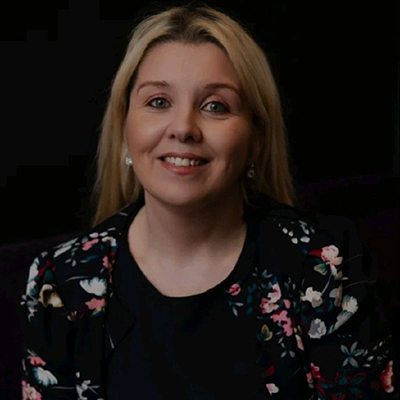
Caraldine Nolan
I was a weight loss consultant with WeightWatchers, and I launched my own weight loss company at the beginning of 2022 when WW pulled out of the Irish market. I have a rare gut condition called median arcuate ligament syndrome (MALS) and I’m a parent of a child with health issues, so I was very conscious of diet and started researching how I could help myself and my gut through food.
For example, I was really interested in the Nutri-Score system in France where every food item has a score from A to E depending on its nutritional value. I was thinking about my business – what was happening in the sector generally and what I could bring to the business – to see what was lacking. That’s when I realised a big problem was that I couldn’t see what people were eating!
It was a conversation at a Local Enterprise Office event one day that really got this started. Someone asked what I was doing next, and I said, “I want to build a food tracker.” I went away and built a first version, but then realised that what I really needed to do was build out an app. That’s what led me to the New Frontiers programme in Tallaght.
You’ve been on all three phases of New Frontiers while developing the business. What kind of milestones were you able to reach?
It was really excellent. I wouldn’t say I was very business savvy, so Phase 1 was a bit like starting all over again – even though I had already run a business by that time. We went in wanting to develop the app, which I was bootstrapping, but during Phase 1 I realised I could white label the technology I had already developed to companies in the health and wellness industry. So, I set up another business to generate income that would pay for developing the app.
There was a lot of work involved because we were doing everything involved in setting up this white label business (Gemtech Membership Systems) and at the same time developing the business model and minimum viable product (MVP) for the food tracking app, NutraVerse.
I got onto Phase 2 of New Frontiers and applied for an Enterprise Ireland Innovation Voucher so we could work with Maynooth University to get the app ready for testing by July 2024. 197 people gave us amazing, honest feedback – the good, the bad, and the ugly! Based on that feedback, we got stuck in and built out the app so that it could be soft launched at the beginning of September.
Around that same time, I received a Priming Grant from my Local Enterprise Office and was accepted onto Phase 3 of New Frontiers. So, the white label business provides recurring revenue while I work on my real passion, the app. We’ve already had three health companies approach us to white label the app for their own websites once it’s ready.
That’s a lot of work in a short period of time! Tell us more about the app and what it does.
We’ve developed a technology that started off being about weight loss but has become more about transforming someone’s health. Whether you are dealing with an underling condition, trying to lose weight, or simply wanting to be fitter, you can use NutraVerse (Apple or Android).
Like a calorie counter app, you can create a recipe, scan a product, and keep a food diary. This app also gives users a holistic picture with a Nutri-Score (how healthy the food is), a Nova-Score (how processed the food is), and an Eco-Score (how sustainable the product is). Calories alone give an incomplete picture because calories for one person aren’t the same for another.
All our members are finding that their metabolic systems (like muscle and fat percentages) are changing because they are eating foods that are healthier. They understand that 300 calories of junk food are different to 300 calories of healthy food because it’s all about the nutrient density of what you eat.
It sounds like this is a real passion for you and not just a business. Tell us more.
Yes, I am obsessed with learning and connecting the dots when it comes to food and health. I completed a diploma in food and nutrition and I’m currently studying for two masters’ from UCD – in Food Science and Green Care Policy. I’m looking at nutrition and consumer trends as well as sustainability related nutrition and healthy eating, and also human eating behaviour.
I have done a massive amount of research in this area. One of the things I’m thinking about is the differences between the generations and what they want from a weight management app, so we can respond to their needs. I’ve also had an obesity clinic approach me to partner with them to study how effective a French-style Nutri-Score system would be in Ireland.
There is still another stage of development I want to bring to the app – developing the contextual feedback the app can give using AI. For example, if I had high cholesterol, NutraVerse would be warning me that my sugar intake that day was higher than it should be. I want it to give intelligent advice to the user and even help with things like ordering groceries.
You’re looking to change our collective behaviour when it comes to food and health. How do you get the message out?
Yes, this isn’t simply a health tracker like MyFitnessPal (which doesn’t even use European metrics). NutraVerse is tackling obesity head-on and helping people make healthier choices generally. For example, six months ago, only a few people were talking about problems like ultra processed foods (UPFs); but our Nova-Score helps people avoid ultra-processed items that have no nutritional value.
A lot of the marketing we do is educational. Social media is a big part of that, but I make sure I’m doing my messaging properly because in this area it’s so important to not start doing clickbait content the way some influencers do. I want people to learn about food and nutrition. Friday is my marketing day; I record and edit the content and through New Frontiers I was put in touch with a TU Dublin student who helps with scheduling and other jobs.
As the founder, you have to work at raising your profile, so I spend a lot of time on that. For example, applying for awards (we have won the SFA National Small Business Awards – Emerging New Business category and the Family Business Awards – Rising Star category). We’ve also been awarded Guaranteed Irish status and I’m the president of Network Ireland’s Dublin branch.
I’ve been on a lot of podcasts – like Conall Ó Móráin’s That Great Business Show in January. All of this raises your profile bit by bit. You can’t think you’ll be a megastar in six weeks or even six months. It takes time, but you do see the effect on the business.
What’s your biggest challenge and how do you overcome it?
As a business owner in a new startup, I find the hardest thing is just to keep going. I’m a mother and a carer as well, so there’s a tendency to think it’s always greener on the other side.
I was very sick last year, and it took me a while to get my passion for the business back. I’ve learned that I excel on accelerators, and I think that’s because I’m there with other people. I am that person; I’m no good on my own! Every time I’m on an accelerator I get this huge boost of inspiration and a fire in my belly. Since New Frontiers, I have joined the Starting Strong programme from Growing for Growth and the AgTechUCD Innovation Centre startup accelerator.
We’re in eight countries already and right now I’m planning to apply for Enterprise Ireland’s PSSF so that we can work on the next evolution of the app and launch it at the end of the summer. The work that needs doing on the app will be quite fast, but it costs money. We’ve already soft-launched into Belfast and the next big step is to take our food programmes and the app into the UK.
Finally, what advice would you give to other people starting out with a new business?
Doing this, I’ve learned that nothing is guaranteed. My big piece of advice is to never take no for an answer. No doesn’t mean no, it just means not yet.
About the author
 Scarlet Bierman
Scarlet Bierman
Scarlet Bierman is a content consultant, commissioned by Enterprise Ireland to fulfil the role of Editor of the New Frontiers website. She is an expert in designing and executing ethical marketing strategies and passionate about helping businesses to develop a quality online presence.
Recent articles

Founder Perspectives: Lessons From Building Businesses In Sustainability

Tech Startups In The Age Of AI: Alumnus Paul Savage On Speed, Quality & Risk
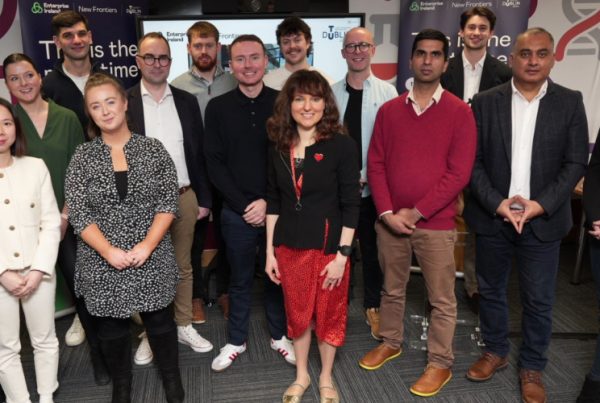
Fourteen Startup Founders Graduate From Phase 2 Of New Frontiers In Tallaght
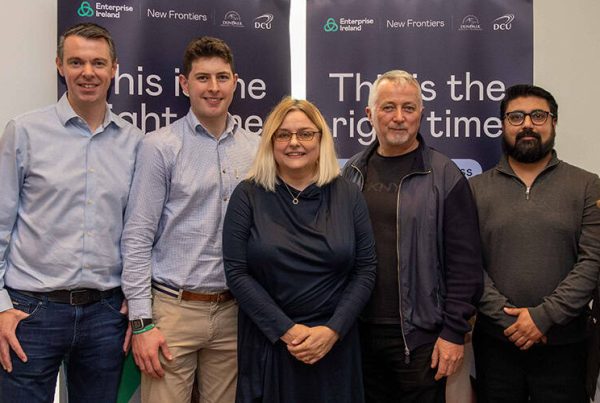
Eleven Founders Graduate From New Frontiers In The Border Mid-East Region

Laying The Right Groundwork Helps Startups Prepare For Export Success
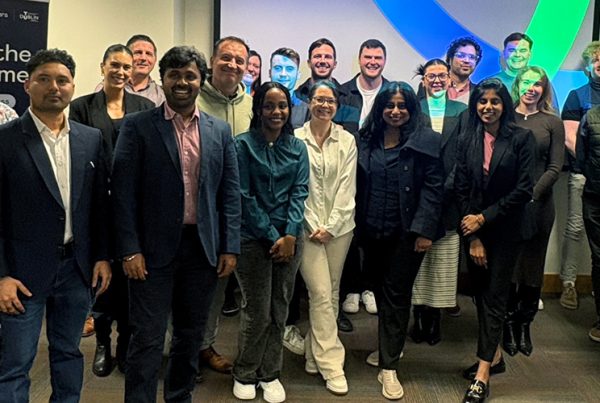
Startup In Dublin: Learn More About New Frontiers On TU Dublin’s Grangegorman Campus
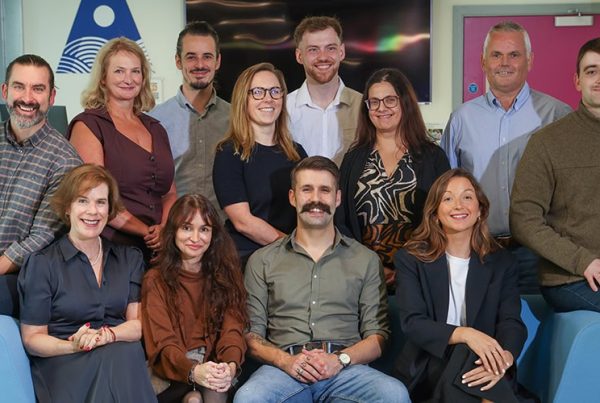
Michael Furey On The Success Of Ronspot: “The Most Important Thing Is Research”
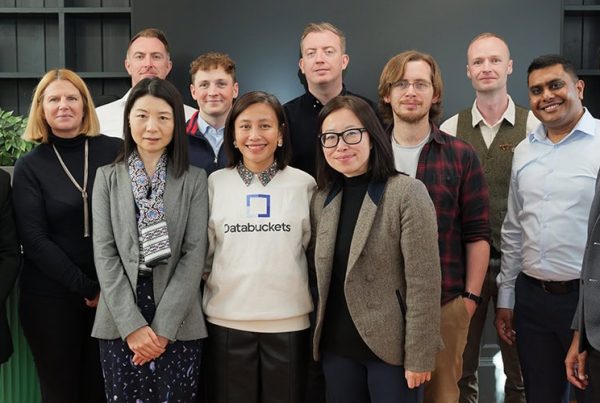
 Scarlet Bierman
Scarlet Bierman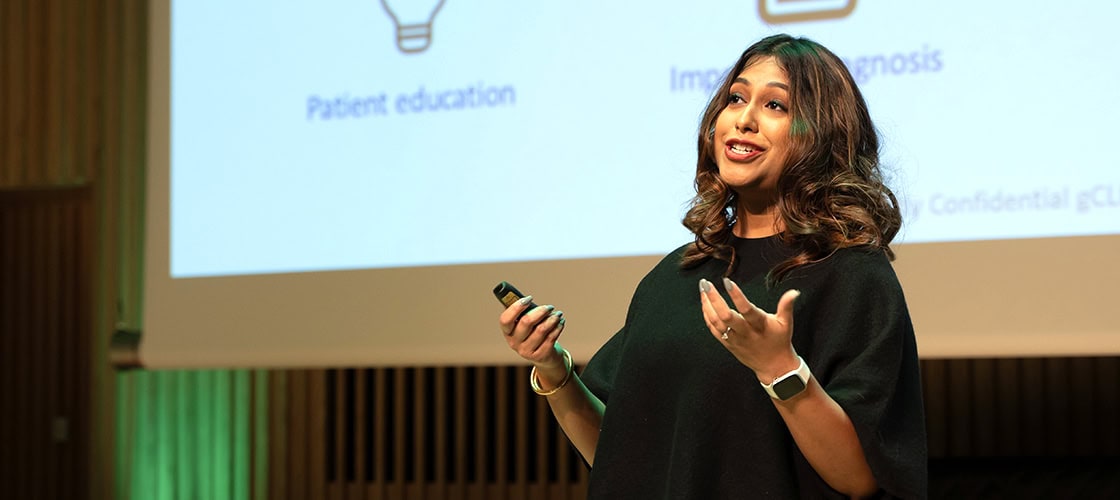

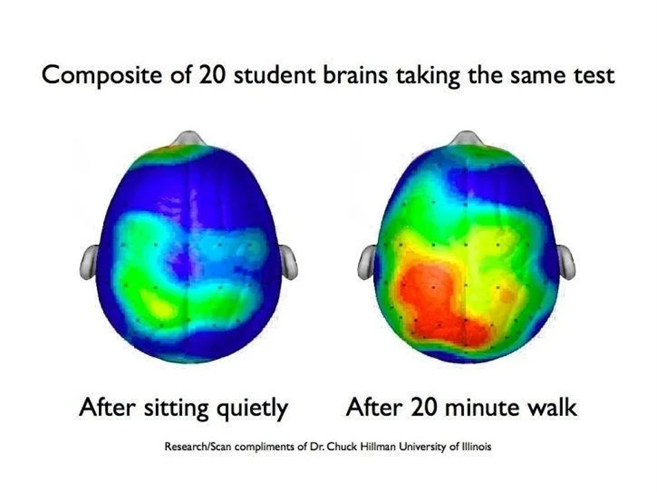 3. Building grit
3. Building grit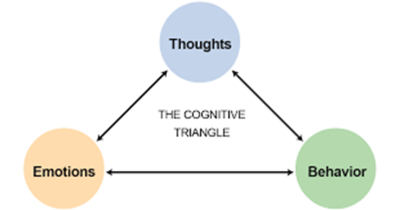 By nurturing your emotional health through physical activity, you develop the resilience needed to navigate the emotional highs and lows of start-up life with grace and resilience.
By nurturing your emotional health through physical activity, you develop the resilience needed to navigate the emotional highs and lows of start-up life with grace and resilience.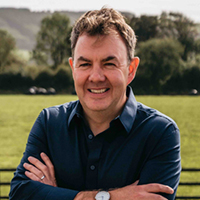 Johnn Barron
Johnn Barron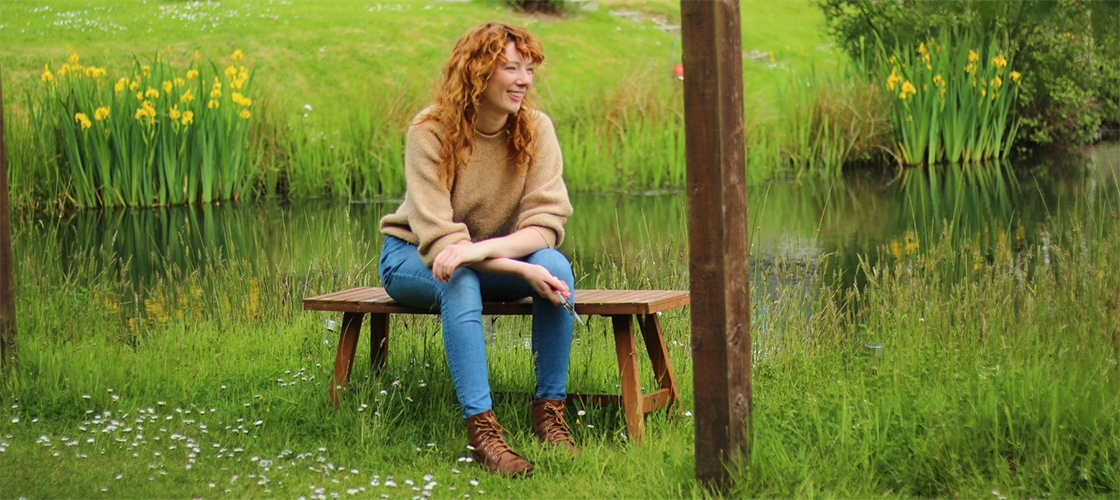
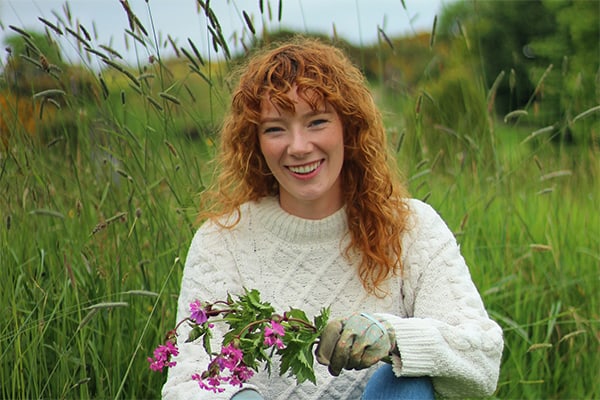 Alexandria: Yes, it started off as a personal project back in 2021. As I shared my gardening passion and other experiences on my blog, a community began to build around it. I was enrolled at SETU – Carlow Campus, studying for my BSc in Business with Marketing at the time. During a period of poor mental health, I was given a set of aromatherapy essential oils. The impact the products had on me was profound, and I started to experiment with the different fragrances and applications like candles. People I knew started asking me to make them, and before I knew it, I was developing a product range. It wasn’t planned as such, it all just happened quite organically.
Alexandria: Yes, it started off as a personal project back in 2021. As I shared my gardening passion and other experiences on my blog, a community began to build around it. I was enrolled at SETU – Carlow Campus, studying for my BSc in Business with Marketing at the time. During a period of poor mental health, I was given a set of aromatherapy essential oils. The impact the products had on me was profound, and I started to experiment with the different fragrances and applications like candles. People I knew started asking me to make them, and before I knew it, I was developing a product range. It wasn’t planned as such, it all just happened quite organically.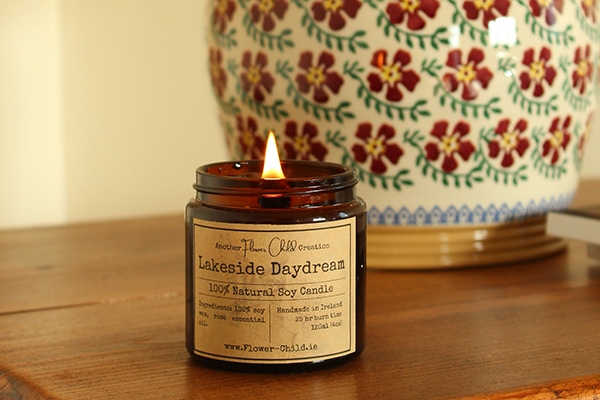 Alexandria: Absolutely. My family home, Turra Lodge Farm, has a beautiful garden which my Mum and Nana designed and planted when I was younger. It is a cornerstone of my mental health. Luckily, my family has indulged my passion, or obsession, with gardening for years now and given me lots of creative freedom to develop different parts of it. That’s what my blog initially revolved around.
Alexandria: Absolutely. My family home, Turra Lodge Farm, has a beautiful garden which my Mum and Nana designed and planted when I was younger. It is a cornerstone of my mental health. Luckily, my family has indulged my passion, or obsession, with gardening for years now and given me lots of creative freedom to develop different parts of it. That’s what my blog initially revolved around.

